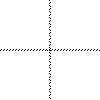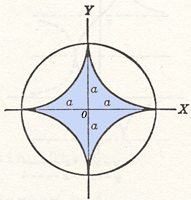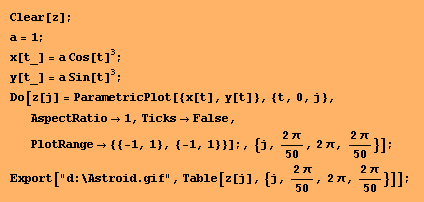| Back to . . . |  Astroid |
 |
 |
 |
This section features the
Astroid also known as the hypocycloid of four cusps, tetracuspid, cubocycloid, paracycle and still other names. |
 |
 In one quadrant, the astroid may be thought of as a falling ladder, a problem often found in introductory Calculus. In this case, the curve is also known as a glissette. |
Historical Sketch:
Yates writes the cycloidal curves,
including
the Astroid, were discoverd by Roemer (1674) in his search for the best
form for gear teeth. The equation can be found in Leibniz's
correspondence as early as 1715 and was further investigated by Daniel
Bernoulli in 1725. We suggest you also view the
cyloid of three cusps.
|
|
|||
| http://www-history.mcs.st-and.ac.uk/history/Curves/Astroid.html | |||
| http://mathworld.wolfram.com/Astroid.html | |||
| Gray, Alfred. Modern Differential Geometry of Curves and Surfaces with MATHEMATICA® ,2nd ed., CRC Press, 1998. | |||
| Yates, Robert. CURVES AND THEIR PROPERTIES, The National Council of Teachers of Mathematics, 1952. | |||
|